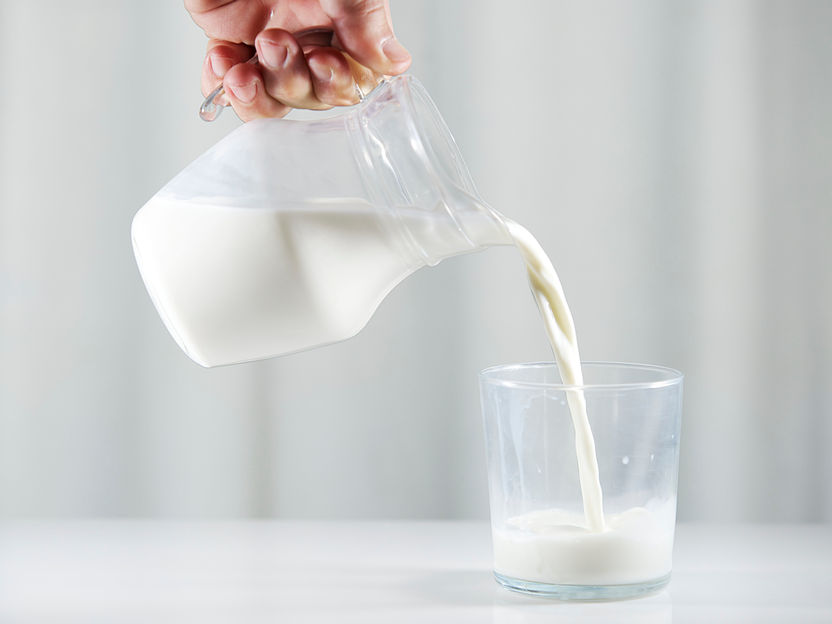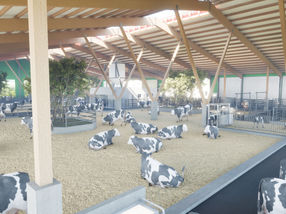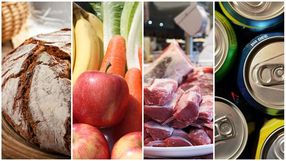Enzyme for producing lactose free milk
A team led by the CSIC and the CNIO has observed in detail the molecular structure of β-galactosidase
Advertisement
Researchers from the Spanish National Research Council (CSIC) and the Spanish National Cancer Research Centre (CNIO) have used electronic cryomicroscopy to elucidate the molecular structure of an enzyme capable of hydrolysing or breaking down lactose. The results of the work, which are published in the journal ACS Chemical Biology, represent a breakthrough in the search for new ways to obtain lactose-free milk and milk products.

Lactose intolerance is a common digestive disorder that affects a large proportion of the adult human population
CSIC Comunicación
"Lactose intolerance is a common digestive disorder affecting a large proportion of the adult human population. The severity of symptoms varies from person to person, and depends on the susceptibility to sugar and the amount ingested. For this reason, in the field of biotechnology, the study of enzymes that can be used for the production of lactose-free milk and milk derivatives, such as β-galactosidase from the bacterium Thermotoga maritima or TmLac, has acquired great importance", explains Julio Polaina, CSIC researcher at the Institute of Agrochemistry and Food Technology.
Rafael Fernández-Leiro, from CNIO, adds: "We have used the technique of electronic cryomicroscopy or Cryo EM, which has become an alternative to the X-ray diffraction traditionally used to solve the structure of macromolecules at high resolution. The structure of the TmLac enzyme had previously been attempted without success. Thanks to Cryo EM we have been able to resolve its structure with a resolution of two angstroms, one of the highest resolutions achieved to date using this technique and which allows us to see the atomic structure of this enzyme in detail".
"Our innovation makes an important contribution to the health and well-being of the large population with varying degrees of lactose intolerance. A next step is the design of hybrid enzymes that can efficiently bind to different solid supports and thus be used for different applications", concludes Julia Sanz-Aparicio, from the Rocasolano Institute of Chemistry and Physics of the CSIC.
Note: This article has been translated using a computer system without human intervention. LUMITOS offers these automatic translations to present a wider range of current news. Since this article has been translated with automatic translation, it is possible that it contains errors in vocabulary, syntax or grammar. The original article in Spanish can be found here.

































































